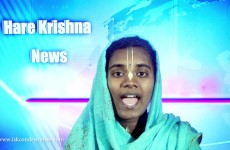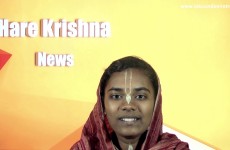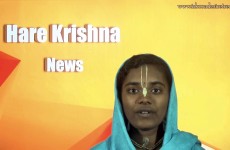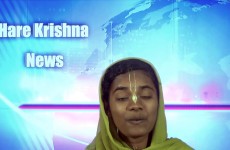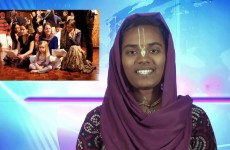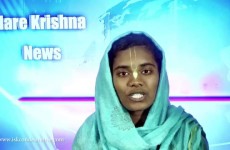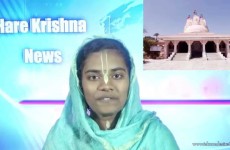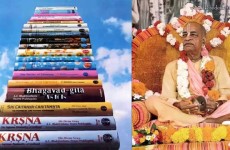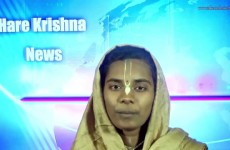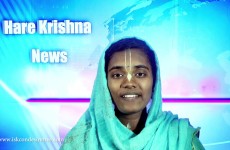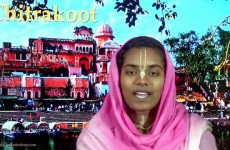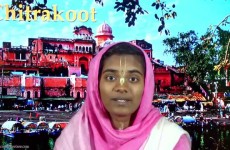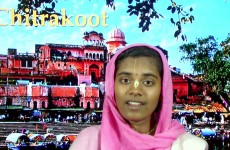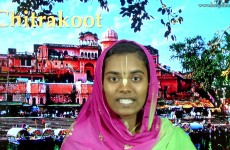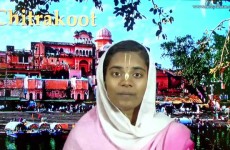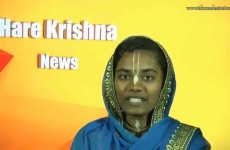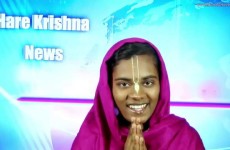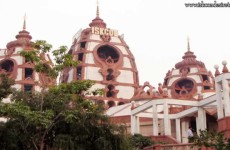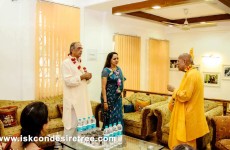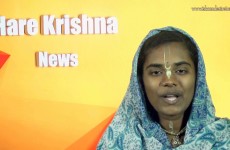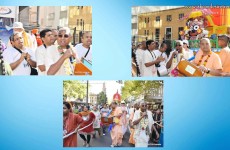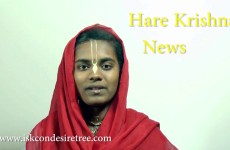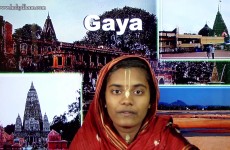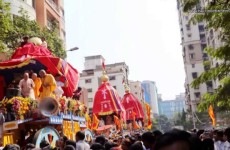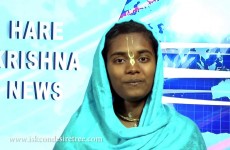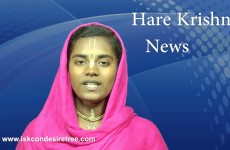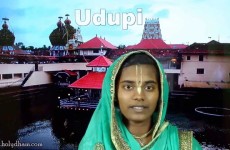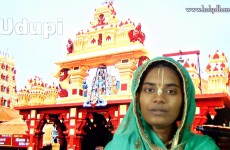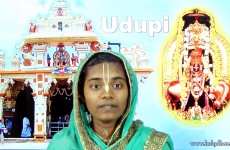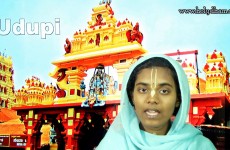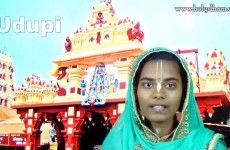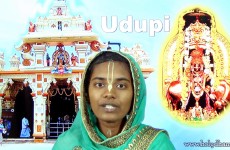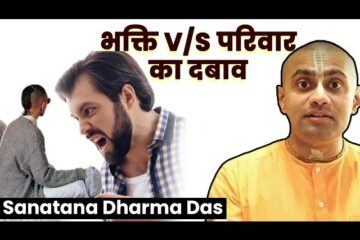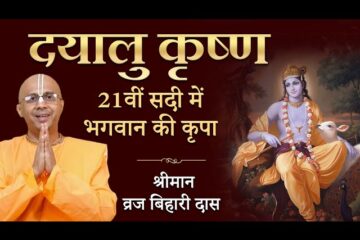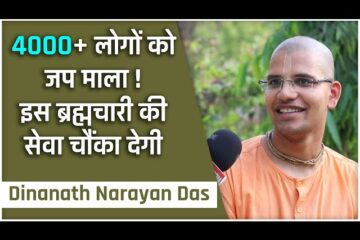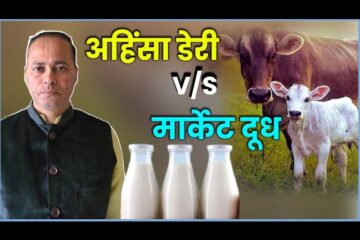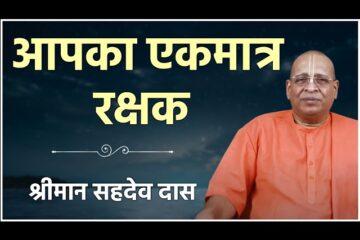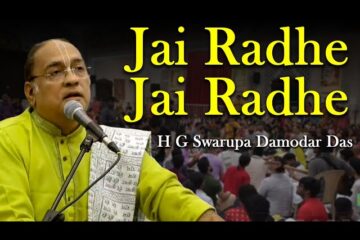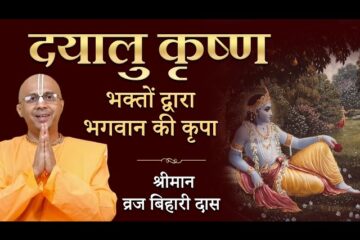How to Get There?
Melukote is about thirty miles north of Mysore. Take a bus or taxi from Mysore to Melukote. The closest airport to Mysore is in Bangalore, ninety miles away.
Several trains run between Mysore and Bangalore each day, the trip taking 2-3 hours. The trip by bus takes 3-4 hours.
Where to Stay?
Melukote is a village, with no lodging. Mysore, a popular tourist destination, has many hotels.
BELUR – Chenna Keshav Temple
Belur was the capital of the Hoysalasduring the 11th and 12th centuries, before the capital was moved to Halebid. Thefifth king of the Hoysalas dynasty,Bittadeva, is said to have changed his nameto Vishnuvardhana (1108-1042) when hewas converted from Jainism to Vaishnavismunder the influence of Ramanujacarya.Most of the temples in Belur and Halebidwere built during his reign.
The reason to come to this town is tosee the impressive ChennaKeshavaTemple, which has some of the most intricate and beautiful carvings in India. Beside this temple, there are two othertemples to see, the Viranarayana Templeand the Chenniga Raya Temple.
This photogenic temple is an excellent example of Hoysalaarchitecture. Construction of this impressive temple was begun in 1116 AD. This temple is over 800 years old. It took 103 years to complete.
The temple enshrines the beautiful, four-armed deity of Keshava, which is said to have been worshiped by Lord Brahma at Satyaloka. Later, King Indradyumna is said to have brought the deity here and worshipped Him until he left this world, after which the devas continued the worship until King Vishnuvardhana began the worship. The king discovered the deity when he was traveling through the area and one of his servants took a bath and was cured of leprosy while bathing in the lake known as Vishnu Samudra, which is situated on the outskirts of town. Legend says that the lake appeared from a drop of nectar that fell from Garuda’s pot. The king understood that this was a special place, which was confirmed when the deity of Keshava appeared in the dreams of both King Vishnuvardhana and Ramanujacarya, telling them to build a temple for Him. Thereafter, as instructed, the king discovered the deity at Chandra Drona Hill, from where he took the deity to SriNarayanapuraand then on to Velapura, now known as Belur.
Built of gray-green chlorite, the temple is covered with intricate sculptures, including scenes from the Ramayana and Mahabharata. It is named after the beautiful(chenna) long-haired (keshava) form of Lord Krishna. The 2m (6 ft) Deity restson a 1 m stand. The two upper hands hold disc and a conch, the two lower ones alotus and a club.
To the left of the main shrine is a shrine dedicated to KappeChenniga Raya. There are two altars in the temple. The shrine faces east houses KappeChenniga Raya, and the one facing north houses Venugopala. There is another shrine dedicated toSomanaytki with a tower (vimans) over it. To the west of the main temple is a shrinededicated to Lord Vishnu called Viranarayana. Behind the main temple is a temple dedicated to the Goddess Lakshmi,the consort of Lord ChennaKeshava.
The temple walls are 132m (443 ft) by 120m(396 ft). The temple itself is 53m (178 Ft) by 47m (156 ft). A tall stone pillar in the temple courtyard is balanced only by its center of gravity.There are 645 elephants carved at the bottom of the outside walls of the temple. No two elephants are the same.
Inside the temple hall, to the left of themain entrance, is an intricately carved pillar with many small carvings of LordNarasimha. This pillar used to rotate. Thereis one panel left blank on the pillar. It is said that the carver wanted to challengeanyone to carve a more beautiful image ofLord Narasimha than the ones already on pillar.
There are ten perforated screens on either side of the eastern entrance of the assembly hall. The screens to the right include the story of Vamana (Trivikrama) and Bali, the killing of Hiranyakasipu by Narasimha, and the killing of Kamsa byKrishna. The panels on the left side depictthe churning of the ocean by the demigodsand demons, and Krishna’s pastimes (fighting with the wrestler Canura, killing theelephant Kuvalayapida, and the slaying ofKamsa). Other scenes depicted are fromthe Mahabharata and Ramayana.
There is an inscription recording thedate of erection of this temple in commemoration of Vishnuvardhana?s victoryover the Chola viceroy of Talkad. It is saidthat about this time, Vishnuvardhana wasconverted from Jainism to Vaishnavism byRamanujacarya…..
[To know more, visit – http://holydham.com/melukote-dham/]










